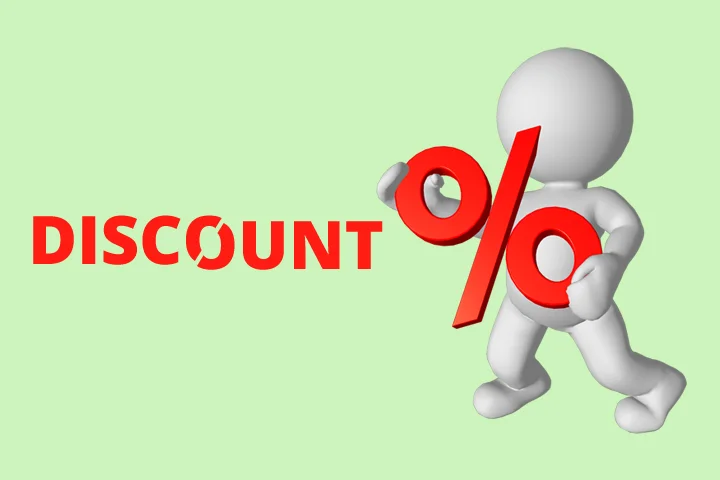Sales proposals are delicate structures; they’re the last threshold you have between a prospect and a customer—the final pitch you have before securing a deal. Naturally, you’ll want to spend time perfecting those proposals with suitable information on your products and services, testimonials, and explanations for why your company is the best one for the job.
But typically, all these considerations pale in comparison to one variable that serves as a ruling decision factor: pricing. Most buying companies look at price, first and foremost, when making their decisions, so how can you offer pricing in an effective way?
The Problem With Pricing
Pricing is a complicated problem, as there are three main dimensions of consideration you’ll need to bear in mind:
Maintaining profitability. First, you need to make sure your deal remains profitable; you could slash your prices to next to nothing, but what good will it do you if you lose money upon sealing the deal? There may be tangential considerations, such as the promise of more profitable work in the future, but you’ll need some potential for profitability.
Remaining competitive. You probably aren’t the only company submitting proposals for this work, which means you’ll be competing against multiple rivals, all of whom will be offering competitive pricing. How can you stand out from them?
Demonstrating value. Pricing is also an indication of value; people tend to value products and services differently based on how they’re priced. Higher priced items may be seen as worth more, further complicating the dilemma of what price to offer.
The best and most straightforward way to address these considerations is by offering discounts in various capacities. Discounts give you control over your final cost structure, while making your offer more appealing and carving a competitive niche for yourself. And because there are dozens of ways to apply discounts to your proposals, you have countless creative liberties to take.
Discount Strategies
These are just a handful of the discount strategies you can use to maximize the success rates of your sales proposals:
The unmarked discount. The unmarked discount is one of the more straightforward discounts you can offer. The goal here is to simply reduce your cost to a point where your sales prospect finds your offer more appealing. It doesn’t require any special presentation, nor does it necessitate any special circumstances. All you’re doing is cutting the price of products and services as you’re offering them. The key here is to know what your competitors are offering; if you can undercut them even slightly, you’ll have a definite edge.
Exaggerated discounts. Exaggerated discounts are general discounts, because they don’t require any special circumstances or situations to apply. However, they differ from unmarked discounts because of the way they are played up. Here, you’ll make it a point to show what kind of discount you’re offering your sales prospect. For example, you might list the cost of your services to be $2,000 per month, but with a special 25 percent discount that kicks it down to $1,500.
Bulk and quantity-based discounts. You might also decide to offer bulk or quantity-based discounts, which apply based on how much product your sales prospect is buying. If you’re dealing with a highly specific RFP, or some situation where you know exactly how much a prospect is asking for, this may not be applicable. However, this is a way to maximize your overall profit while still offering significant discounts; with greater volume, you’ll end up making more money, even with the lower price point.
Contractual or temporal discounts. You can also offer discounts based on the length of time a potential client is with you. In many ways, this is simply an alternative version of quantity-based or bulk discounts. You might, for instance, offer a special discount for prospects who pay for six months of service in advance, or you could offer different prices based on the length of the contract your prospects are looking for.
Early or signup bonuses. If you’re looking for a way to sweeten the deal, it might be better not to offer a discount at all. Instead, you could offer a bonus when your prospect signs up. For example, you could offer a special one-time service for free when your prospect signs up, or an additional shipment of products with their first order. This is an excellent way to compensate for an inability to lower your prices any further.
Extended discounts that kick in later. Depending on the length and nature of the contract, you could offer some discounts that don’t kick in until later down the road. For example, you could offer progressively decreasing prices as the length of your contract unfolds, or you could offer reduced prices for renewals of your contract, or guarantees of price freezes in the future.
Alternative or fulfillment discounts. You could also offer discount opportunities or additional monetary incentives in alternative ways. For example, if you’re looking for a kind of co-op partnership, you can offer your client a discount for every new client they refer to you. You could also offer discounts in exchange for other goods and services, depending on your needs.
In the meantime, it’s important to keep the rest of your proposal in order. In addition to pricing, your sales proposal’s formatting, presentation, and professionalism will come into play, so make sure you’re using configure price quote (CPQ) software. If you’re interested in learning how CPQ software can improve your sales practice, sign up for a demo of our software today!



